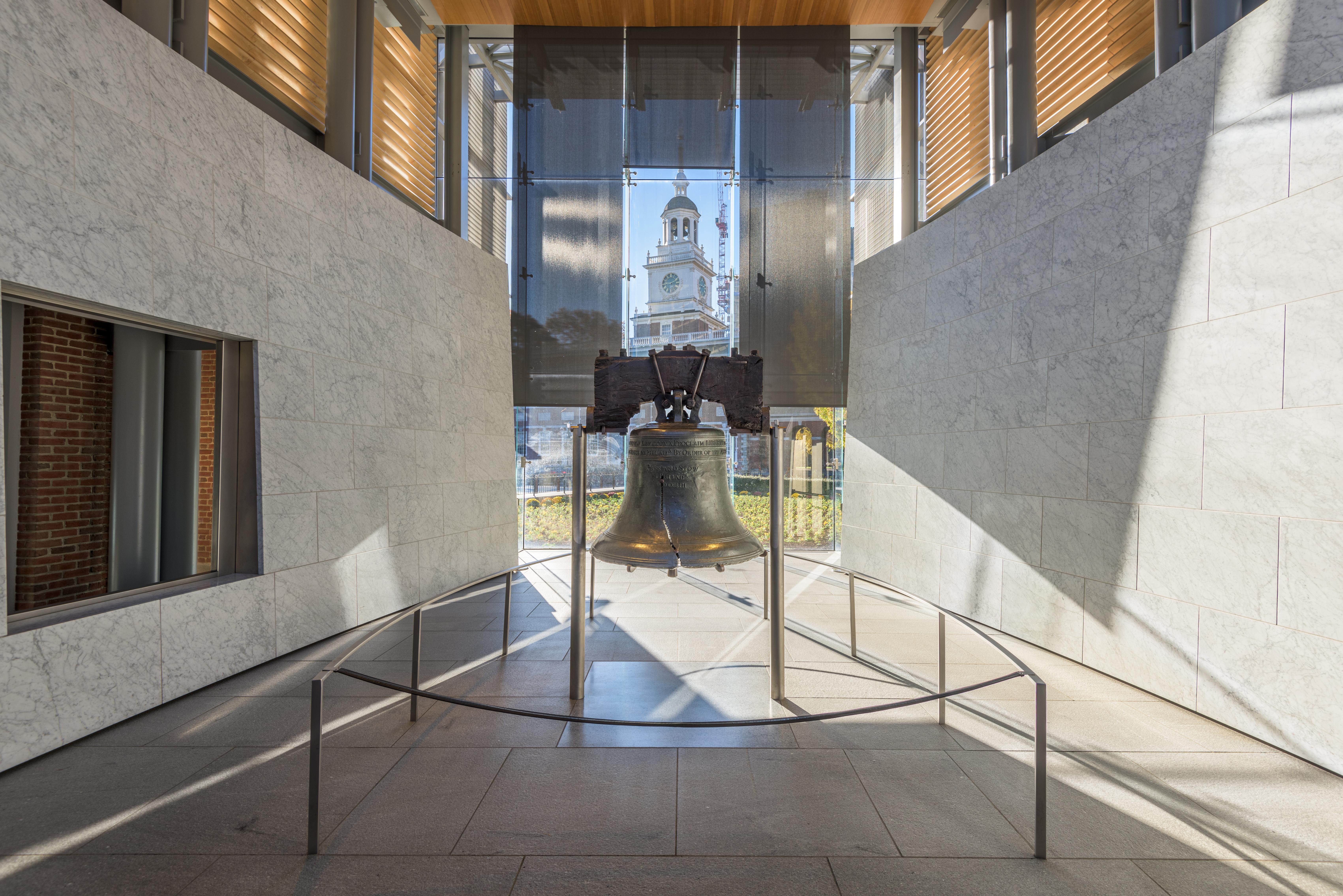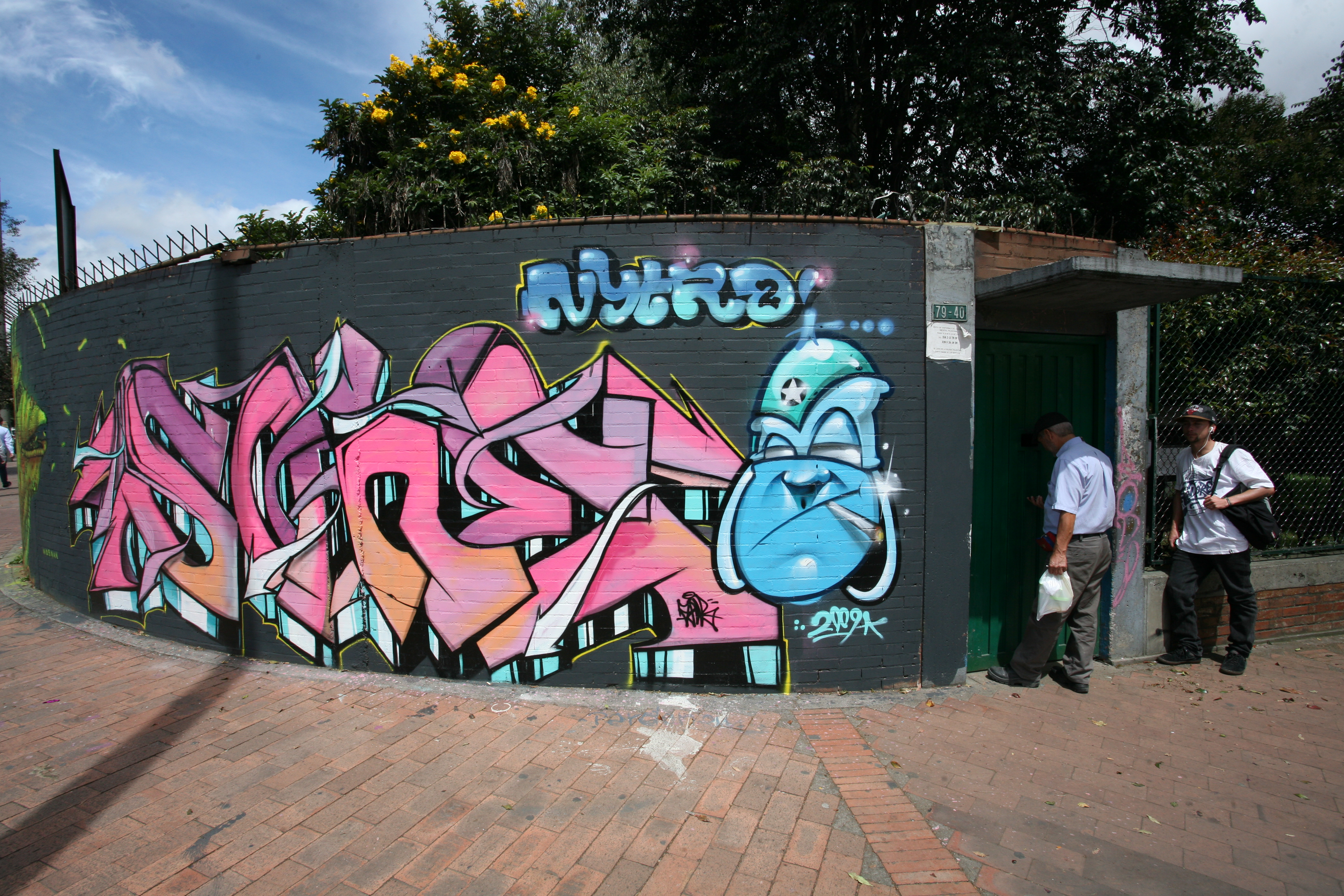The Most Fascinating Historical Treasures You’ve Probably Never Heard Of
History’s most compelling stories aren’t always housed in glass cases marked with fanfare. Some of the world’s most fascinating treasures lie tucked away in quiet museum corners, overlooked by the crowds and absent from the headlines. These hidden gems—forgotten artifacts, obscure relics, and little-known masterpieces—offer windows into moments, cultures, and lives that rarely make it into textbooks. This article uncovers 9 extraordinary historical treasures you’ve probably never heard of, but won’t soon forget. Each piece holds a story that challenges what we think we know, from mysterious origins to surprising cultural impact. These aren’t just museum pieces—they’re whispered fragments of our shared past, waiting to be heard. So step off the well-trodden path and into the quieter side of history—where the real intrigue begins.
1. The Enigmatic Antikythera Mechanism
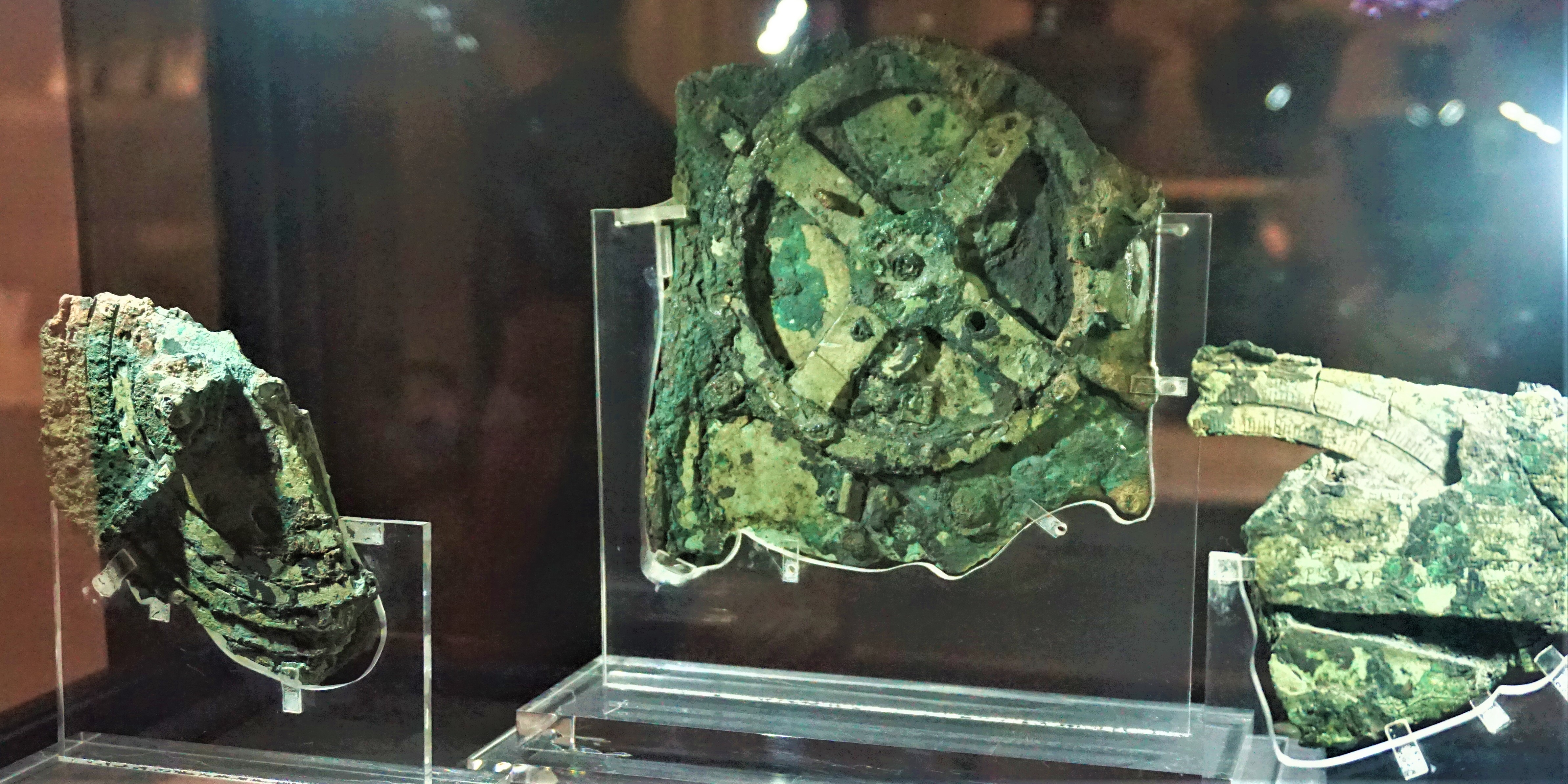
The Antikythera Mechanism, often hailed as the world's first analog computer, is a marvel of ancient engineering discovered in a shipwreck off the coast of Greece. Dating back to around 100 BC, this intricate device was used to predict astronomical positions and eclipses decades in advance. Its complexity suggests a sophisticated understanding of mathematics and astronomy by its creators, challenging our assumptions about ancient technological capabilities. Housed in the National Archaeological Museum of Athens, this artifact continues to intrigue scientists and historians alike, as ongoing research reveals more about its construction and purpose, shedding light on the technological prowess of the ancient Greeks.
2. The Intricate Beauty of the Ardabil Carpet
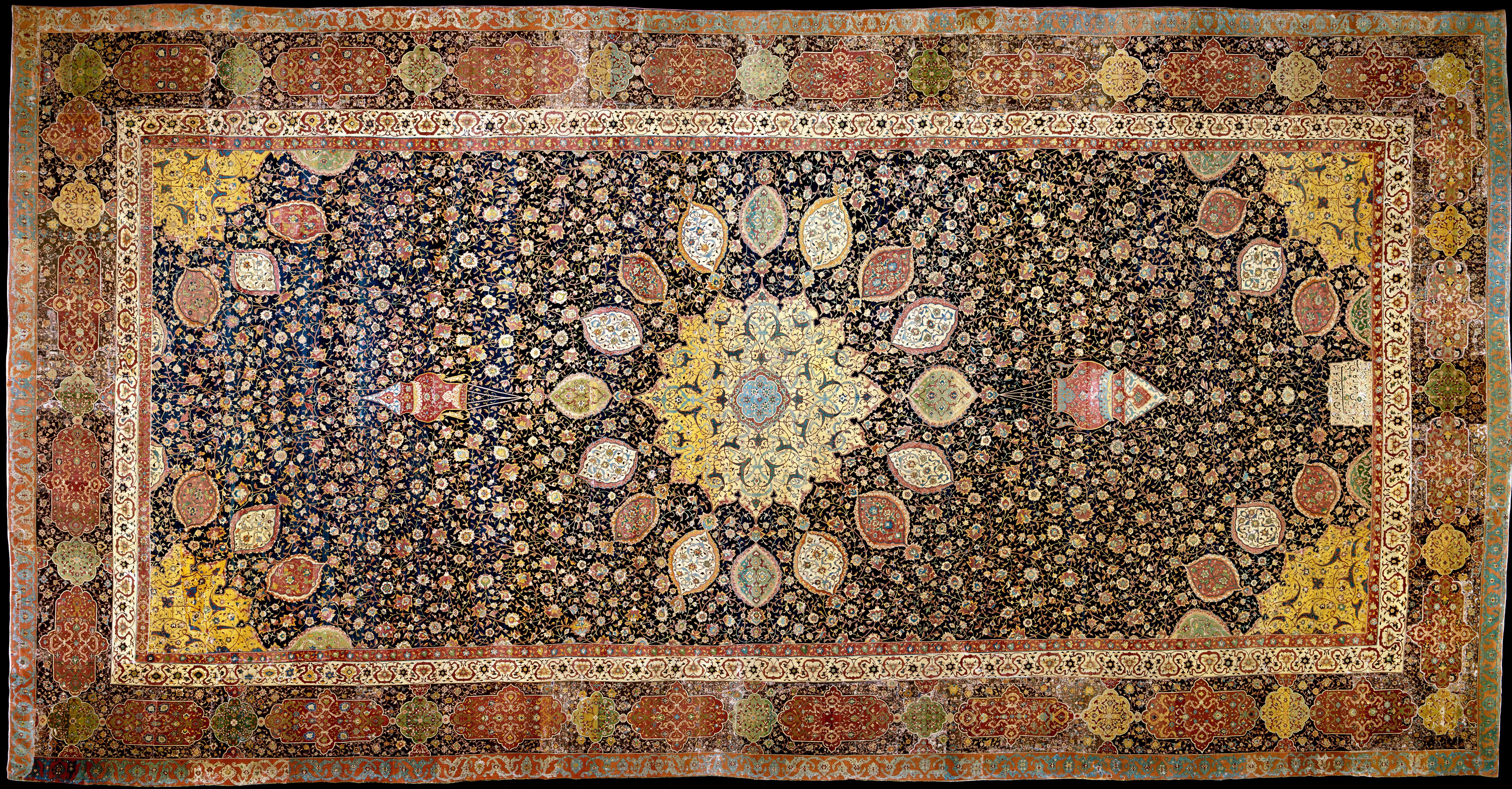
The Ardabil Carpet, one of the oldest and most beautiful carpets in the world, resides in the Victoria and Albert Museum in London. Created in the 16th century in Persia, this carpet is renowned for its intricate design and craftsmanship. Measuring over 34 feet long, it features a complex pattern of geometric shapes and floral motifs, with a central medallion that draws the eye. The carpet's exquisite detail and vibrant colors are a testament to the skill of Persian weavers and the rich cultural heritage of the region. Its preservation poses a challenge, but it remains a magnificent example of Islamic art and a window into the opulent world of Persian royalty.
3. The Mysterious Voynich Manuscript
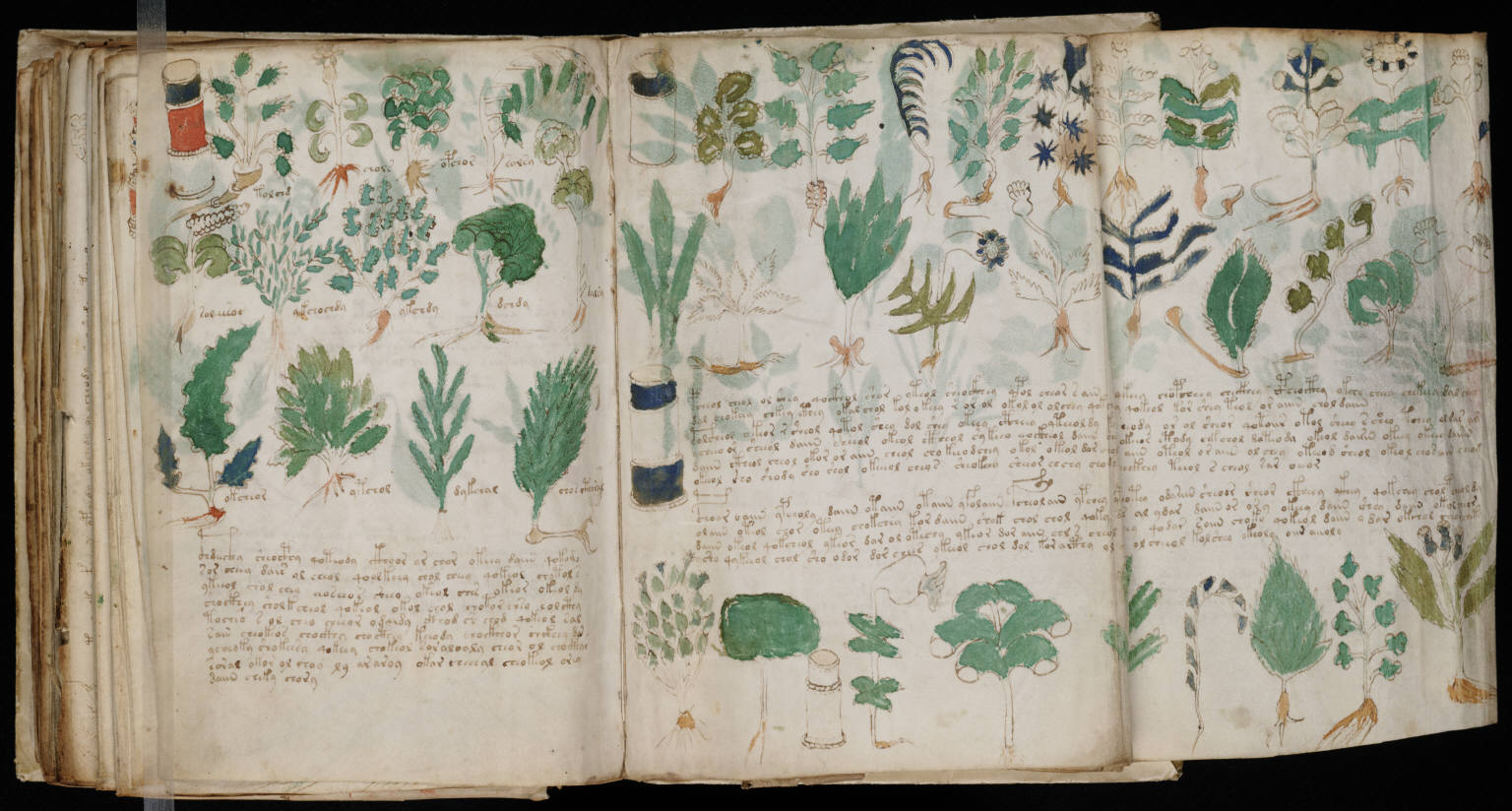
The Beinecke Rare Book & Manuscript Library at Yale University houses the enigmatic Voynich Manuscript, a book written in an unknown script and language. Dating back to the 15th century, this manuscript is filled with illustrations of plants, astronomical diagrams, and human figures, none of which have been definitively interpreted. Despite numerous attempts by cryptographers and linguists, the manuscript's text remains undeciphered, sparking endless speculation about its origin and purpose. Some theories suggest it could be a pharmacopoeia, a coded alchemical treatise, or even an elaborate hoax. The Voynich Manuscript continues to captivate the imagination of scholars and enthusiasts, embodying the allure of the unsolved mystery.
4. The Remarkable Sutton Hoo Helmet
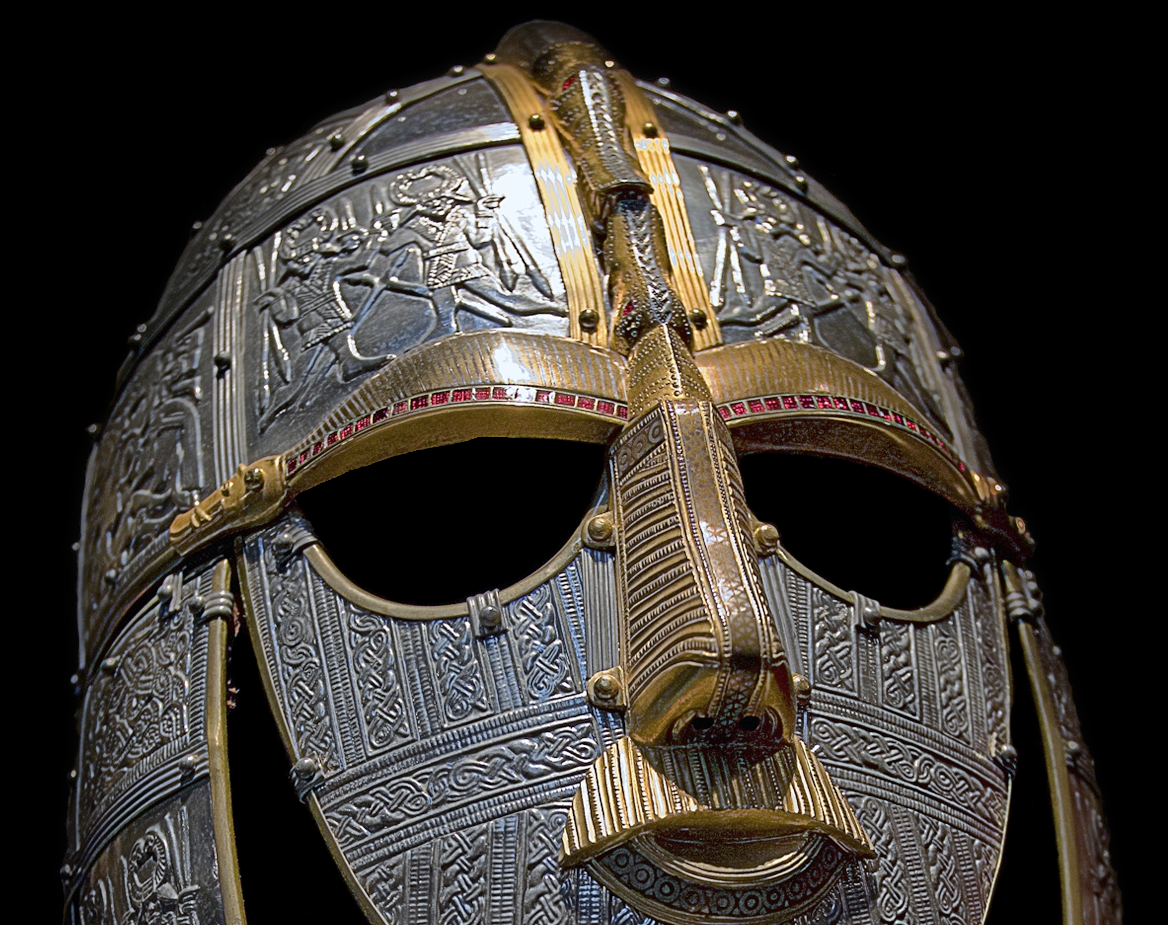
The Sutton Hoo Helmet, an iconic piece of Anglo-Saxon craftsmanship, is a centerpiece of the British Museum's medieval collection. Discovered in a ship burial in Suffolk, England, this helmet is part of a larger hoard that provides invaluable insights into early medieval society. The helmet's intricate design, featuring a human face and animal motifs, reflects a fusion of artistic styles and cultural influences. Its discovery in the 1930s transformed our understanding of the so-called "Dark Ages," revealing a sophisticated and wealthy society with far-reaching connections. The Sutton Hoo Helmet remains a symbol of the rich cultural tapestry of early medieval Europe.
5. The Astonishing Terracotta Warriors

The Terracotta Warriors, a vast army of life-sized figures buried with China's first emperor, Qin Shi Huang, are housed in the Museum of the Terracotta Army in Xi'an. Discovered in 1974, this archaeological wonder comprises thousands of soldiers, horses, and chariots, each uniquely detailed. The warriors were intended to protect the emperor in the afterlife, reflecting the beliefs and power of ancient China. The sheer scale and craftsmanship of the Terracotta Army continue to astonish visitors, offering a glimpse into the grandiose ambitions of the Qin dynasty. Ongoing excavations and research continue to uncover new insights, ensuring the legacy of the Terracotta Warriors endures.
6. The Intriguing Rosetta Stone
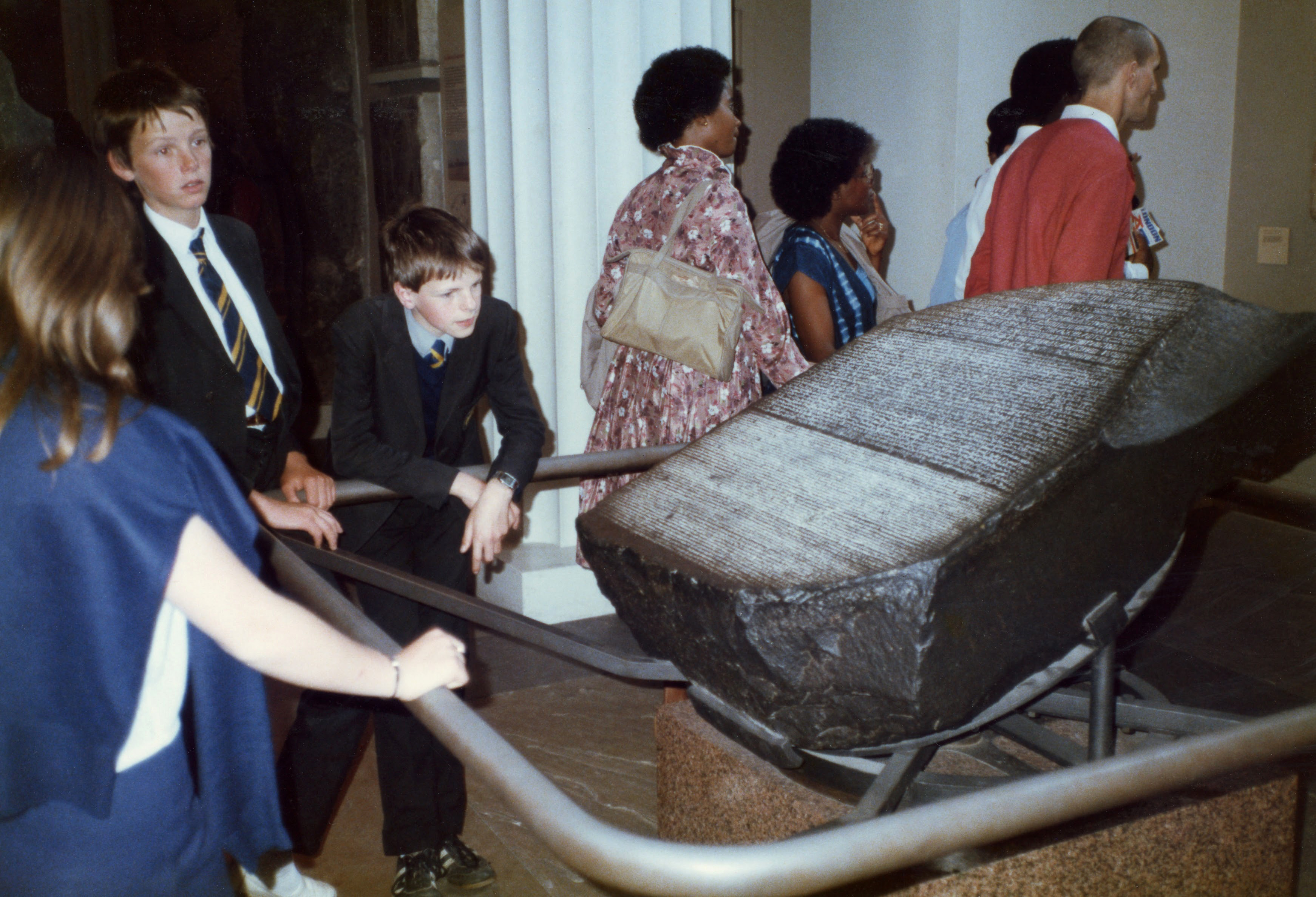
The Rosetta Stone, a cornerstone of linguistic history, is displayed in the British Museum. Discovered in 1799, this granodiorite stele features the same text inscribed in three scripts: Greek, Demotic, and Egyptian hieroglyphs. Its discovery was pivotal in deciphering Egyptian hieroglyphs, unlocking the secrets of ancient Egyptian civilization. The Rosetta Stone's significance extends beyond its linguistic contributions; it symbolizes the interconnectedness of ancient cultures and the power of language as a tool for understanding history. As one of the most visited artifacts in the museum, it continues to inspire curiosity and scholarly inquiry.
7. The Mesmerizing Gold of Troy
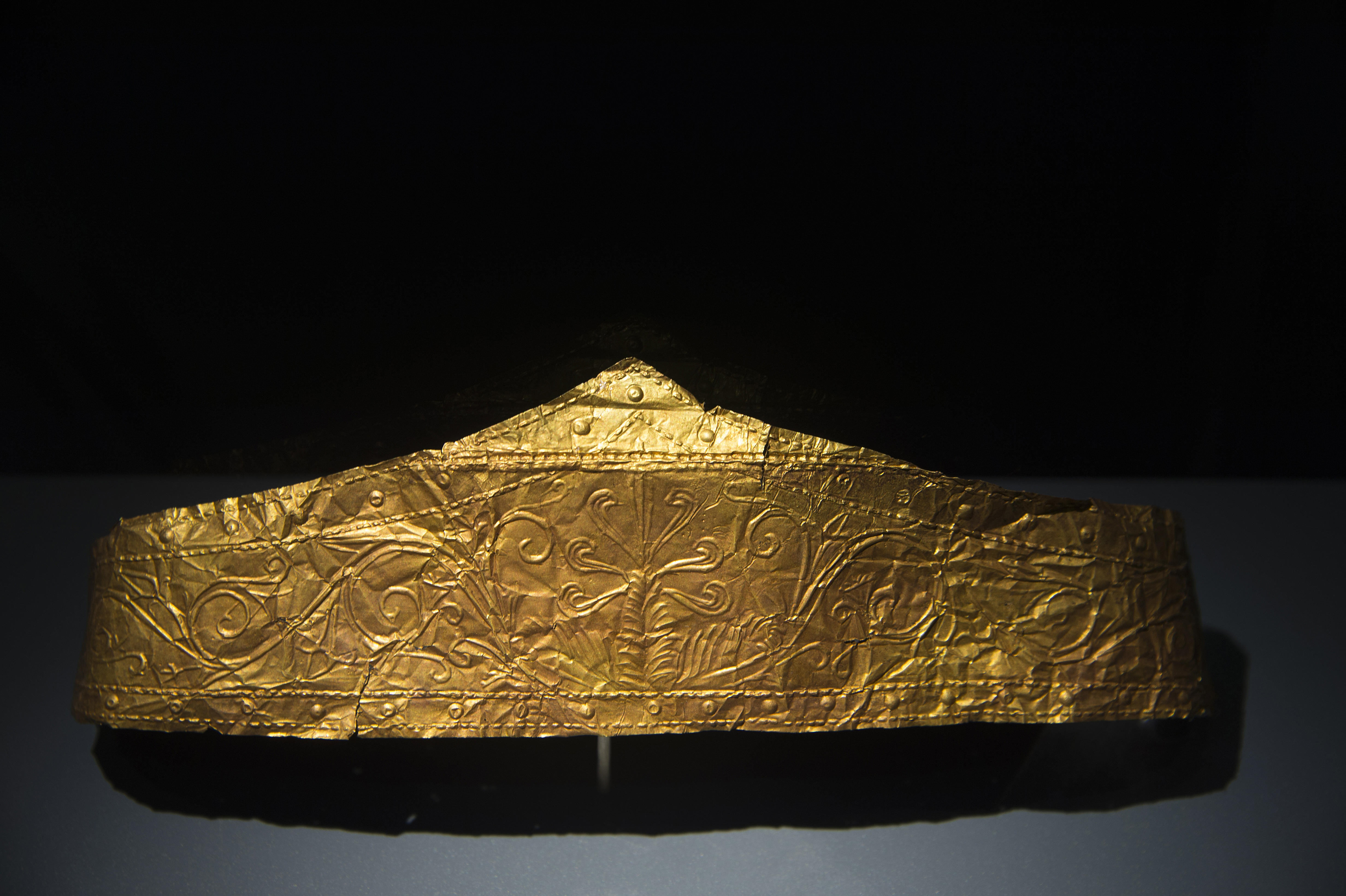
The Gold of Troy, a collection of stunning artifacts unearthed by Heinrich Schliemann in the 19th century, is housed in the Pushkin Museum in Moscow. These treasures, believed to be from the ancient city of Troy, include intricate jewelry, vessels, and ornaments crafted from gold and other precious materials. The discovery of these artifacts reignited interest in Homeric legends and the historicity of the Trojan War. Despite controversies surrounding their excavation and ownership, the Gold of Troy remains a captivating testament to the wealth and artistry of ancient Anatolian civilizations, offering a tantalizing glimpse into a world of myth and legend.
8. The Spellbinding Lascaux Cave Paintings
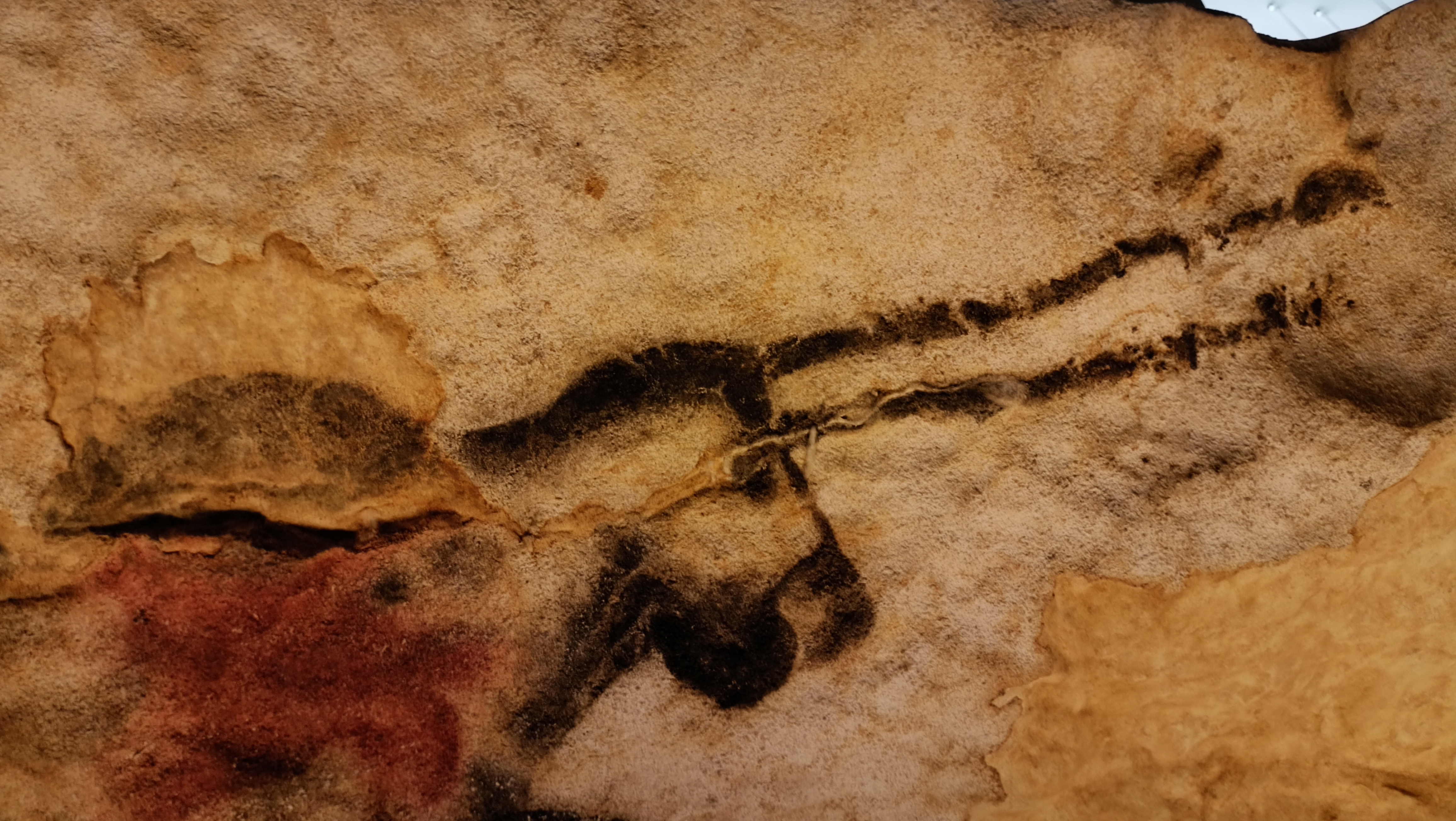
The Lascaux Cave Paintings, located in southwestern France, are a UNESCO World Heritage site renowned for their prehistoric art. Discovered in 1940, these paintings date back approximately 17,000 years and depict a variety of animals, including horses, deer, and bulls. The vivid colors and dynamic compositions of the paintings suggest a deep connection between early humans and their environment. While the original cave is closed to the public to preserve the delicate artwork, a meticulous replica allows visitors to experience the awe of these ancient masterpieces. The Lascaux paintings continue to captivate with their beauty and mystery, offering a window into the minds of our distant ancestors.
9. The Iconic Venus de Milo
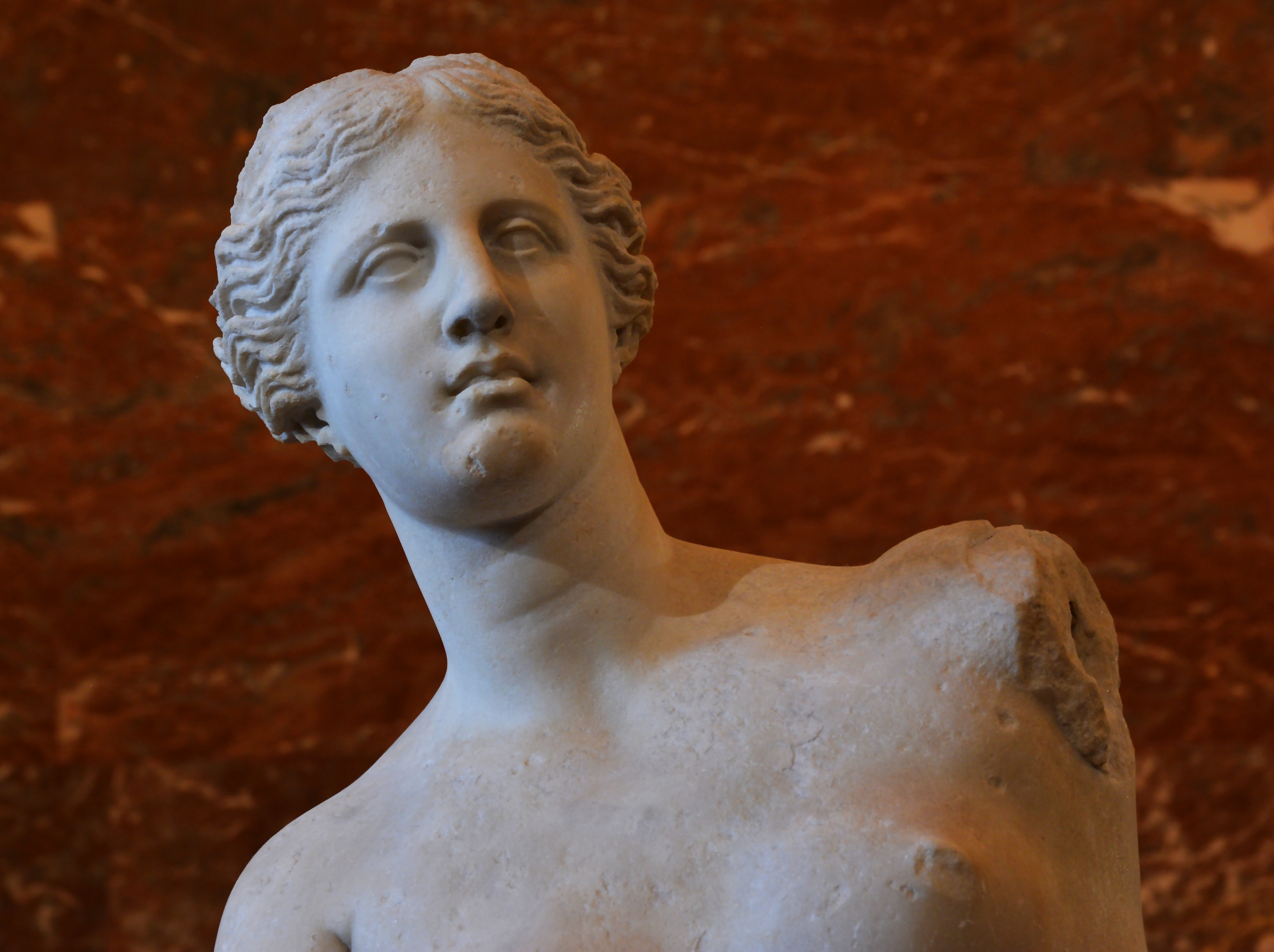
The Venus de Milo, an exquisite statue of the Greek goddess Aphrodite, resides in the Louvre Museum in Paris. Discovered on the island of Milos in 1820, this Hellenistic sculpture is celebrated for its beauty and enigmatic allure, despite its missing arms. The statue's graceful pose and flowing drapery exemplify the artistic excellence of ancient Greece. The Venus de Milo's enduring appeal lies in its embodiment of idealized beauty and its mysterious history, as scholars continue to debate its original context and purpose. As a symbol of classical art, the Venus de Milo remains a centerpiece of the Louvre's collection and a testament to the timeless allure of Greek sculpture.
Hidden History, Lasting Impact

The most fascinating stories are often the ones hiding in plain sight. While blockbuster exhibits and famous artifacts draw the spotlight, it’s the lesser-known treasures that truly surprise us—challenging what we thought we knew and revealing new layers of the human story. The 9 historical gems explored here remind us that history isn’t just about kings, battles, or iconic paintings—it’s also about the quiet objects that once held meaning in someone’s everyday life, the relics that defied time, and the mysteries still waiting to be solved.



